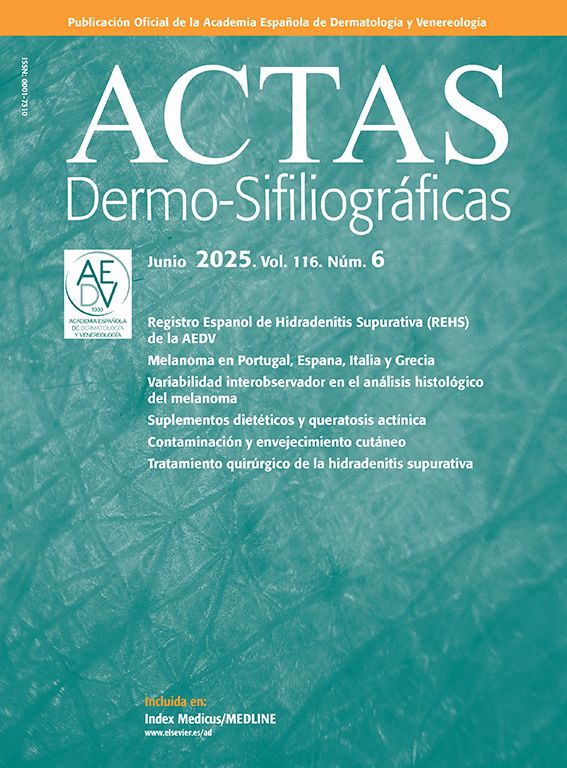Antecedentes Y Objetivos: Canarias es la puerta de entrada a la UE para miles de personas al año, muchas de estas llegan por mar en pateras. Las condiciones del viaje hacen que los migrantes presenten a su llegada cuadros clínicos complejos.
Objetivo: Evaluar las características de los pacientes atendidos en un hospital terciario tras un viaje en patera.
Material Y Métodos: Estudio observacional retrospectivo transversal que incluye los pacientes migrantes tras viaje en patera que requirieron ingreso en el CHUNSC durante el año 2023. Se evalúan el circuito asistencial, las características epidemiológicas, clínicas y evolutivas.
Resultados: Fueron atendidos en Urgencias 485 pacientes. Noventa y tres (19,2%) requirieron ingreso, 85 (91,4%) eran varones y la edad media de 23 años. La duración media del ingreso fue de 29 días. Veintidós pacientes (23,6%) ingresaron en la UCI durante 7,6 días de media.
Los cuadros clínicos más frecuentes fueron: anemia (73,1%) y rabdomiólisis (62,5%). 76 pacientes presentaron lesiones cutáneas (81,7%). Predominaron en piernas (68,4%), pies (67,1%) y glúteos y sacro (56,6%). Treinta y seis (38,7%) fueron intervenidos quirúrgicamente; se realizó desbridamiento de necrosis cutánea en 22, injerto cutáneo en 21 y amputaciones en 12.
Se obtuvieron 35 cultivos positivos en los que S. aureus, P. aeruginosa y S. algae fueron los patógenos más frecuentemente aislados.
Conclusiones: Las extremas condiciones del viaje en patera desencadenan cuadros complejos y graves, siendo las lesiones cutáneas y de partes blandas las que marcarán el pronóstico frecuentemente. Por lo que es necesario un manejo correcto de estos cuadros y las comorbilidades asociadas.
Background And Objectives: The Canary Islands (Spain) serve as the entry point to the EU for thousands of people each year, many of whom arrive by sea in small boats known as "pateras." The extreme conditions of the journey often result in complex clinical presentations upon arrival.
Objective: To evaluate the characteristics of patients admitted to a tertiary referral center after a journey in a patera boat.
Materials And Methods: We conducted a retrospective cross-sectional observational study including migrant patients after a journey in a patera boat who required admission to CHUNSC during 2023. The study evaluates the care pathway and the patients' epidemiological, clinical, and evolutionary characteristics.
Results: A total of 484 patients were treated in the emergency department. A total of 93 (19.2%) required admission, the mean age was 23 years old, and 85 (91.4%) were men. The mean length of stay was 29 days. A total of 22 patients (23.6%) were admitted to the ICU for a mean 7.6 days.
The most common clinical conditions upon admission were anemia (73.1%) and rhabdomyolysis (62.5%). A total of 76 patients exhibited skin lesions (81.7%), predominantly on the legs (68.4%), feet (67.1%), and buttocks and sacrum (56.6%). A total of 36 (38.7%) underwent surgery; debridement of skin necrosis was performed in 22, skin grafts in 21, and amputations in 12.
A total of 35 positive cultures were obtained, with S. aureus, P. aeruginosa, and S. algae being the most frequently isolated pathogens.
Conclusions: The extreme conditions of the journey in a patera lead to complex and severe clinical scenarios, with skin and soft tissue lesions often determining the prognosis. Therefore, it is essential to adequately manage these conditions and any associated comorbidities.




